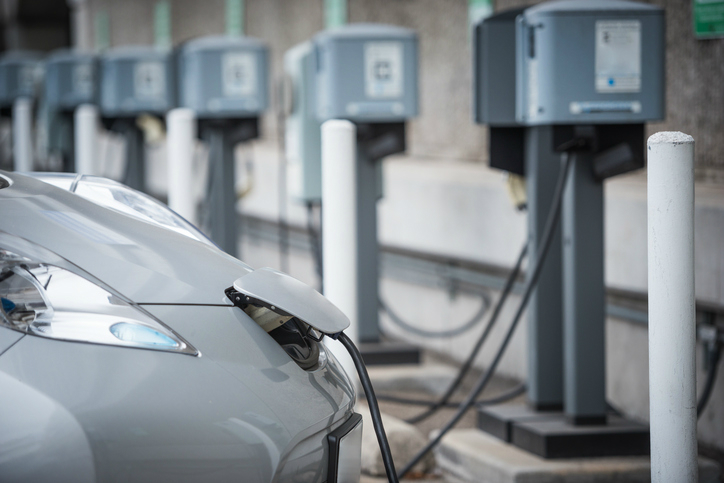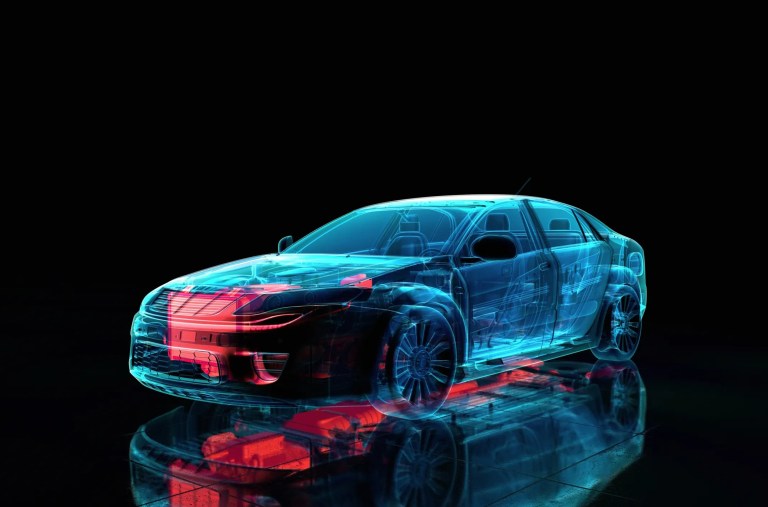Could Driverless Cars Harm People That Human Drivers Would Not?
As artificial intelligence insinuates itself into more areas of human life, and as our lives are increasingly colonized by machines guided by AI, consumers and…

As artificial intelligence insinuates itself into more areas of human life, and as our lives are increasingly colonized by machines guided by AI, consumers and…

Heat is likely the most pervasive environmental hazard to vehicle electronic components, and it can be extremely detrimental to the performance of heavy-duty vehicles, such…

SAE J 1455-2017 – Recommended Environmental Practices for Electronic Equipment Design in Heavy-Duty Vehicle Applications is focused on the different environmental processes that may inflict…

According to the U.S. Department of Transportation (DOT), there are approximately 47,000 charging outlets for plug-in electric vehicles (EVs) and hybrid automobiles in the United…

Dynamic Message Signs (DMSs), also known as variable-message signs, are traffic control devices that provide real-time traveler information. These electronic signs can be used for…

Controller Area Network (CAN bus) is a standard serial communication protocol, meaning that its support of distributed real-time control and multiplexing allows for the interchange…

Autonomous vehicles represent the first large-scale social manifestation of Artificial Intelligence for the general public. While media may focus on Terminator scenarios that are steeped…

Local Interconnect Network (LIN) allows the many different components of motor vehicles to communicate. In technical terms, the current LIN protocol is “an automotive focused…

In September 2016, the United States Department of Transportation (DOT) released its Federal Automated Vehicles Policy. This is one of the first steps necessary for…